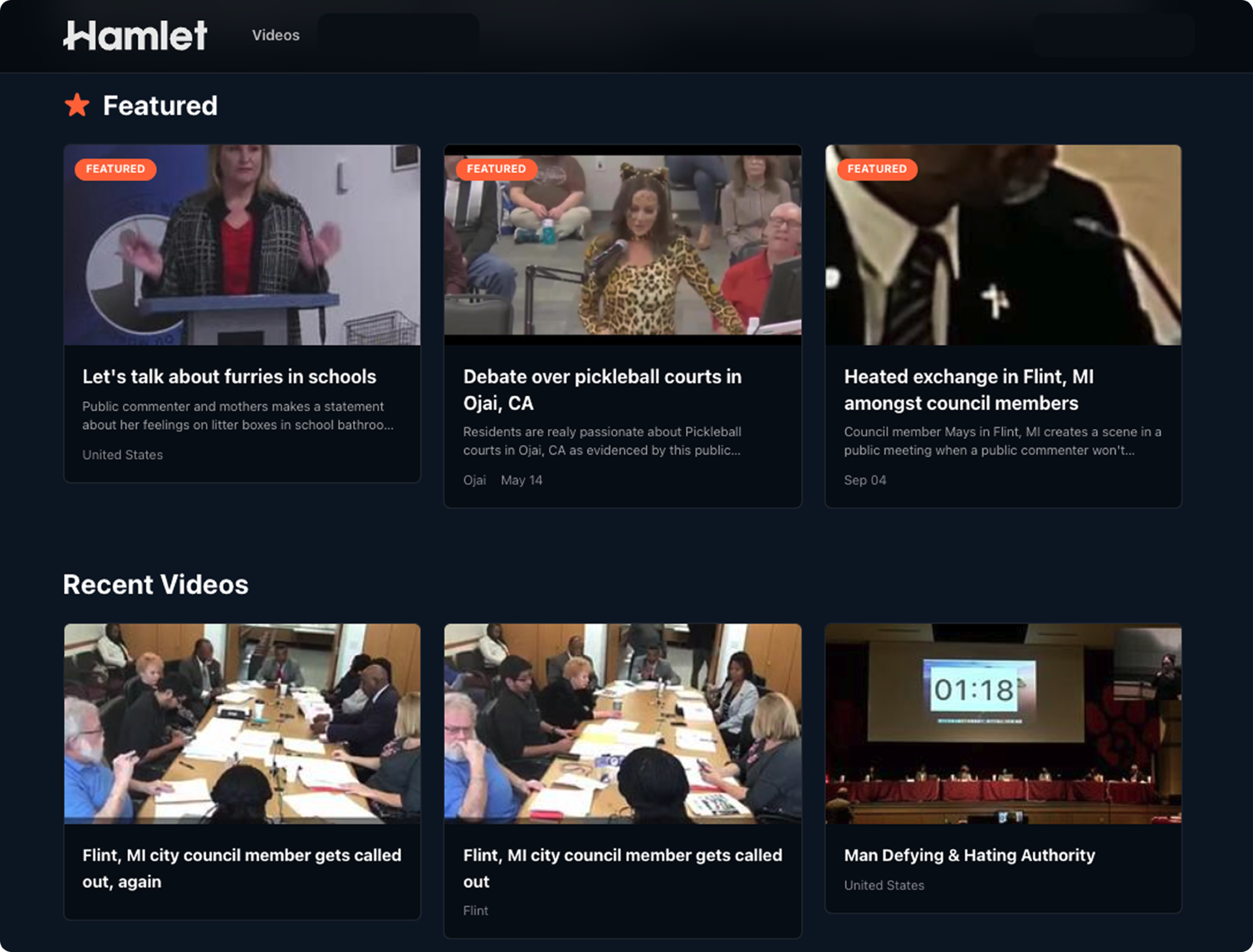
The global communication landscape witnessed a significant evolution recently as Meta’s ubiquitous messaging platform, WhatsApp, officially introduced its long-anticipated companion application for the Apple Watch. This strategic expansion marks a pivotal moment for millions of users who can now seamlessly manage their critical communications directly from their wrist, eliminating the constant need to retrieve their iPhone. The newly released app fundamentally redefines how individuals interact with their WhatsApp chats and calls, integrating core functionalities directly into the wearable experience.
For years, Apple Watch users relying on WhatsApp have been limited to basic notifications, often requiring them to reach for their smartphone to view full messages, listen to voice notes, or respond effectively. This new native application addresses those long-standing user requests, empowering Apple Watch wearers to receive call alerts, access complete message threads, and even record and dispatch voice messages with unprecedented ease. This integration is designed to foster a more fluid and less intrusive communication flow, aligning with the core promise of wearable technology: convenience and accessibility at a glance.
The Evolution of On-Wrist Messaging
The journey of smartwatches, particularly the Apple Watch, has been characterized by a gradual but persistent push towards greater independence from their tethered smartphones. Initially conceived as notification hubs and fitness trackers, early iterations of wearable technology often fell short in delivering robust, standalone application experiences. Messaging, in particular, presented a significant challenge due to the intricacies of real-time communication, data synchronization, and user input on a miniature screen.
Prior to this launch, WhatsApp’s presence on the Apple Watch was largely confined to mirroring notifications from a paired iPhone. Users could glimpse truncated messages, perhaps dismiss them, or send quick, predefined replies. However, engaging in a meaningful conversation, reviewing chat history, or handling multimedia required a full phone interaction. This limitation often frustrated users accustomed to WhatsApp’s comprehensive feature set on their mobile devices, creating a disjointed experience that undermined the "always-on, always-connected" promise of smartwatches. The absence of a dedicated app for such a globally dominant messaging service created a noticeable gap in the Apple Watch’s utility for a vast segment of its user base.
Key Features Enhancing User Experience
The newly launched WhatsApp application for watchOS brings a suite of highly requested features directly to the wrist. Foremost among these capabilities is the immediate reception of call notifications, allowing users to screen calls without pulling out their phone. Furthermore, the app provides the ability to read entire message conversations, a significant upgrade from truncated previews. Users can now scroll through more of their chat history, offering better context for ongoing discussions.
A standout addition is the support for voice messages. This feature, widely popular on WhatsApp for its convenience and expressiveness, can now be recorded and sent directly from the Apple Watch. Beyond verbal communication, the app also facilitates the use of message reactions, allowing for quick, non-textual responses that are an integral part of modern digital discourse. Images and stickers within chats are also rendered with enhanced clarity, improving the visual fidelity of conversations on the smaller display. These functionalities are engineered to help users maintain engagement with their chats efficiently, as highlighted by a WhatsApp blog post which noted, "This new experience will help you stay on top of your chats without needing to pull out your iPhone." The company further affirmed its commitment to user security, reiterating that all personal messages and calls remain protected with end-to-end encryption, a cornerstone of WhatsApp’s privacy framework.
For users eager to embrace this new functionality, certain technical prerequisites must be met. The application mandates an Apple Watch Series 4 or a newer model, running watchOS 10 or a subsequent operating system version. This requirement ensures optimal performance and compatibility with the app’s advanced features, leveraging the hardware and software improvements inherent in newer Apple Watch generations. The rollout of this feature, while officially announced, was preceded by observations of WhatsApp actively testing the Apple Watch application, indicating a methodical development and deployment process to ensure stability and user satisfaction.
Meta’s Strategic Cross-Platform Push
This expansion into the Apple Watch ecosystem is not an isolated event but rather a strategic maneuver within Meta’s broader vision for WhatsApp. The company has been diligently working to extend the reach and accessibility of its messaging service beyond the confines of a single mobile device. Just months prior, in May, WhatsApp unveiled its dedicated iPad application, a move that similarly addressed a long-standing user demand. The iPad app transformed the tablet experience, enabling video and audio calls with up to 32 participants, screen sharing capabilities, and the utilization of both front and rear cameras, effectively elevating the iPad into a powerful communication hub. Before this dedicated application, iPad users were relegated to accessing WhatsApp solely through a web browser, an experience often described as cumbersome and feature-limited.
These multi-device initiatives underscore Meta’s commitment to making WhatsApp a truly ubiquitous communication platform, accessible across all major personal computing devices. For a service boasting billions of users worldwide, ensuring seamless functionality across smartphones, tablets, desktops, and now smartwatches is paramount. This strategy aims to solidify WhatsApp’s position as the primary communication tool for its vast user base, irrespective of the device they choose at any given moment. By offering native, optimized experiences on diverse platforms, Meta seeks to enhance user loyalty, expand engagement time, and potentially open new avenues for service integration in the future.
Competitive Landscape and Market Dynamics
The launch of WhatsApp on the Apple Watch also positions Meta within an evolving competitive landscape for wearable applications. Just a few months prior to WhatsApp’s announcement, Snapchat, another prominent messaging platform, had already rolled out its own Apple Watch application. However, Snapchat’s approach has been distinctly focused on enabling quick responses to incoming messages, utilizing features like the keyboard, Scribble, Dictation, or emojis, rather than providing a comprehensive media viewing experience. Snapchat’s strategy prioritizes speed and ephemeral interaction, intentionally limiting the display of images or videos on the watch face.
In contrast, WhatsApp’s initial offering appears to be more robust, allowing for fuller message viewing and voice message exchange, signaling a different philosophy in how it perceives wearable communication. This divergence highlights the varied interpretations of how users wish to interact with messaging on a smaller screen. While Snapchat leans into rapid, glanceable interactions, WhatsApp appears to be striving for a more complete, albeit condensed, communication experience. This competition among leading messaging apps for prime real estate on smartwatches underscores the growing importance of wearables as a legitimate platform for digital interaction.
Analysts suggest that the availability of essential applications like WhatsApp on the Apple Watch could serve as a significant driver for smartwatch adoption. As these devices gain more standalone utility and offer seamless integration with daily digital habits, their value proposition to consumers strengthens. For Apple, this means a more compelling ecosystem, enhancing the appeal of its wearables. For the broader tech market, it signifies a continued trend towards diversified access points for digital services, moving beyond the smartphone as the sole personal computing hub.
A Historical Perspective on WhatsApp’s Journey
WhatsApp’s trajectory from a fledgling startup to a global communication behemoth provides crucial context for this latest expansion. Founded in 2009 by Brian Acton and Jan Koum, the platform initially gained traction by offering a simple, ad-free messaging experience that leveraged internet connectivity, thus bypassing traditional SMS charges. Its acquisition by Facebook (now Meta) in 2014 for a staggering $19 billion propelled it into the mainstream, accelerating its growth to billions of users across the globe.
Over the years, WhatsApp has evolved considerably, adding features like voice and video calls, group chats, status updates, and business tools. Throughout this evolution, a steadfast commitment to end-to-end encryption, powered by Signal Protocol, has remained a core tenet, distinguishing it as a privacy-focused platform. The challenge of extending this encryption and feature richness across multiple device types, while maintaining user experience, has been a complex engineering feat. The Apple Watch application represents another layer in this intricate architectural design, ensuring that privacy and functionality are not compromised on the smallest screen. This historical commitment to security and user experience has cultivated a loyal global user base, making every platform expansion a highly anticipated event.
Future Outlook and Societal Impact
Looking ahead, WhatsApp has indicated plans to "deliver even more functionality to Apple Watches in the future." This promise suggests that the current release is merely the foundational layer, with potential for further enhancements. Future updates could include the ability to initiate calls directly from the watch, more advanced media viewing capabilities (such as displaying short videos), or even richer integrations with watch complications, providing glanceable information without opening the app. The continuous development of watchOS by Apple will likely unlock further possibilities for developers, enabling more sophisticated and interactive applications on the wrist.
From a social and cultural perspective, the widespread availability of WhatsApp on the Apple Watch could subtly yet profoundly shift daily communication habits. It caters to a growing desire for digital minimalism, allowing users to stay connected without the constant distraction of a full smartphone screen. For professionals, it offers discreet access to urgent messages during meetings. For fitness enthusiasts, it means staying reachable without breaking stride during a workout. This seamless, less intrusive form of communication reflects a broader societal trend towards integrating technology more naturally into daily life, where information is delivered precisely when and where it’s needed, often with just a flick of the wrist. The expectation for a truly fluid, cross-device experience is rapidly becoming the norm, and WhatsApp’s move into the wearable space is a significant step in fulfilling that expectation for billions worldwide.
In conclusion, WhatsApp’s dedicated Apple Watch application is more than just a new feature; it represents a meaningful advancement in wearable technology and cross-platform communication. By bringing core messaging functionalities directly to the wrist, Meta has addressed a long-standing user need, strengthened its multi-device ecosystem, and contributed to the ongoing evolution of how we interact with our digital world. This strategic launch is poised to enhance convenience for millions, further solidifying the role of smartwatches as indispensable personal communication devices.





